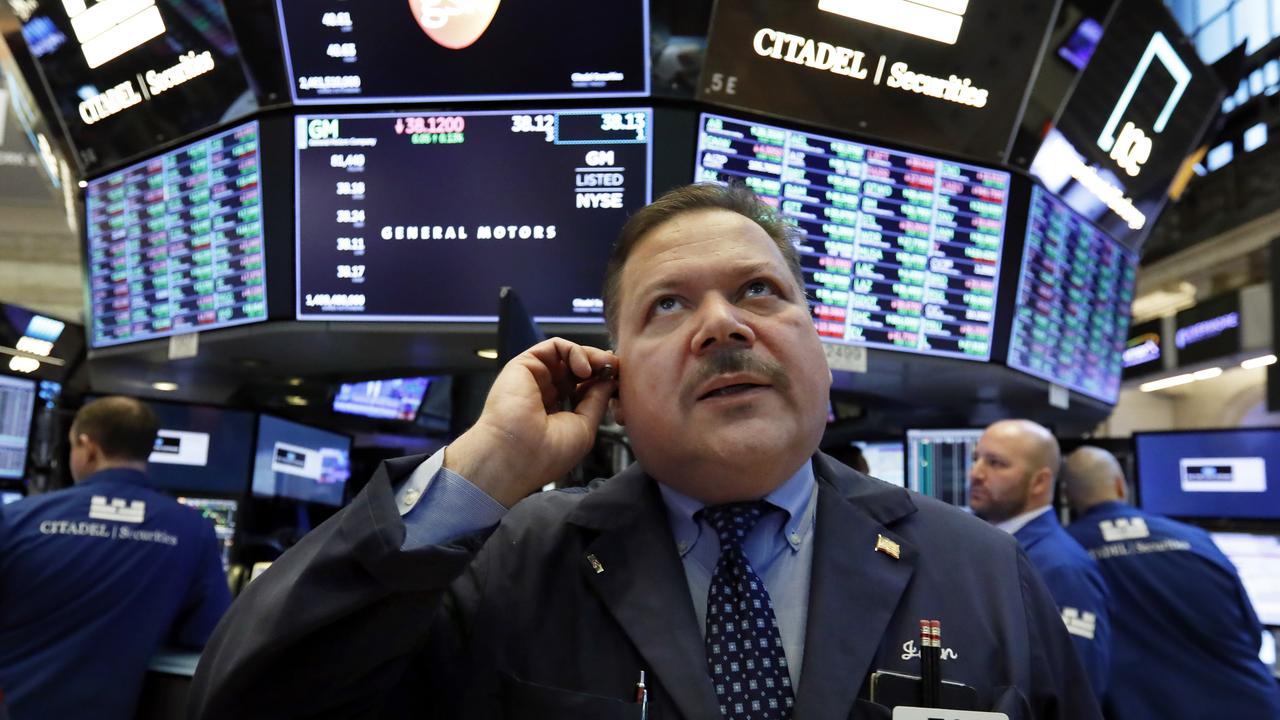Post-Brexit rally tipped to continue
Whether or not the Reserve Bank cuts interest rates, the post-Brexit rally looks set to continue this month.

Australia’s benchmark S&P/ASX 200 index hit a fresh 12-month high of 5611.2 points yesterday, having surged more than 11 per cent since its late June sell-off. It rose on 17 of 21 trading days last month, and the 6.3 per cent gain made it the strongest month since 2011 and the best July since 2009.
But while the S&P/ASX 200 was one of the strongest performing markets last month, its recent rise wasn’t greatly out of line with global markets, particularly if one considers that it performed worse than most markets in June. Offshore equity markets — notably in Europe — fell much harder than the Australian market, though most markets have bounced by a similar magnitude from their lows.
The point is that another rate cut from the RBA this month has been expected ever since the central bank slashed its inflation forecasts in the May statement on monetary policy.
What drove the local sharemarket up last month was the same “lower for longer” interest rate outlook that pushed money from cash to equities globally after the Brexit sell-off. Friday’s disappointing US GDP data adds to that view, as expectations of a December rate hike in the US fell from 45 to 35 per cent.
Citi’s US economic surprise index fell off a cliff after the GDP data, which, at 1.2 per cent annualised, was less than half economist’s expectations. And Atlanta Fed’s US GDP now estimate dived to 1.8 per cent, showing that the US is still struggling to regain its long-term average growth rate of 3.2 per cent, as it has done for the past two years.
Slower US interest rate hikes are clearly positive for the Australian dollar and while the RBA doesn’t target the exchange rate, a rising currency makes it more likely to cut interest rates. As of Monday, the Australian dollar was back above US76c compared to US77.5c before the RBA’s May interest rate cut, while the trade-weighted index was higher than it was at that time. So expectations of lower for longer interest rates overseas mean that the exchange rate — the main transmission mechanism of monetary — hasn’t really responded to the most recent cut in rates by the RBA and it may need to do more.
Of course, most feel the dramatic downgrade of its CPI forecasts at that time was enough to justify at least one follow-up interest rate cut, particularly since the latest data confirmed that core inflation is indeed running well below target, pushing real interest rates higher.
The Bank of Japan may be assessing the effectiveness of monetary policy, but it already has negative rates, whereas the RBA still has a way to go. Incoming RBA governor Philip Lowe is on the record as saying that “once you get below some certain level of very low interest rates” the “incremental benefits from lowering them further is quite small”. He indicated that “somewhere around 1 per cent … other options of unconventional monetary policy become more viable”.
But while most economists see a high chance of the RBA cutting rates this week, the currency is sure to jump even further if the RBA decides that a surprisingly resilient economy and an inflation picture that’s no worse than its May forecasts warrants no change. That could hit the consumer discretionary and internationally focused companies, triggering a multi-day dip in the sharemarket that could be accentuated by profit taking.
The forward PE ratio on the market hit 16.7 times yesterday, around levels seen in previous significant market tops in the past decade.
Looking at the charts, the Australian dollar could test the April peak at US78.35c, and a break above that point could trigger a rise above US80c. The S&P/ASX 200 share index could dip towards support from former resistance at 5400 — implying a potential fall of about 3 per cent.
But if the RBA were to hold rates steady this month, the market would probably still expect a cut in September, or at least by the time of the November meeting, when the RBA will have seen the third-quarter CPI data. As long as there’s no perceived crisis to upset global markets — the rise of Donald Trump could yet cause a sell-off before the presidential elections in November — the local market is unlikely to buck the bullish trend in global markets for long. Moreover, it has actually tended to follow the currency in the past year, as much as the volatility has been caused by commodity prices.







Whether or not the Reserve Bank cuts interest rates on Tuesday afternoon — and most economists believe it will — the sharemarket’s amazing post-Brexit rally looks set to continue this month, even if a “no change” decision triggers a brief sell-off in equities.